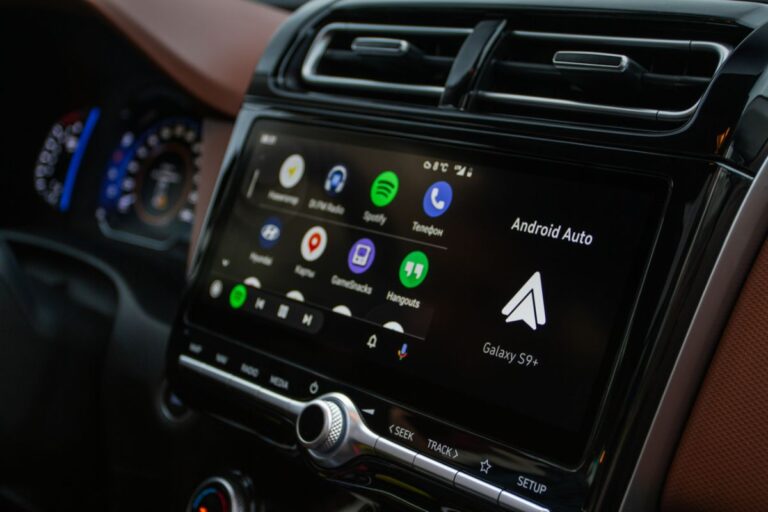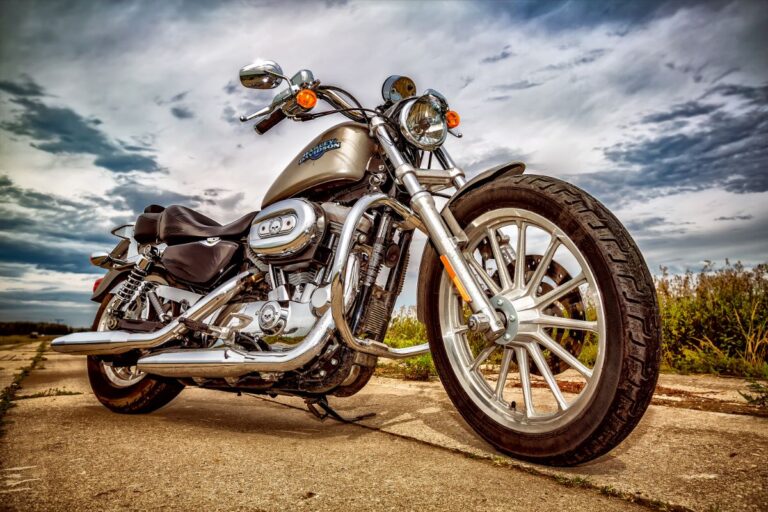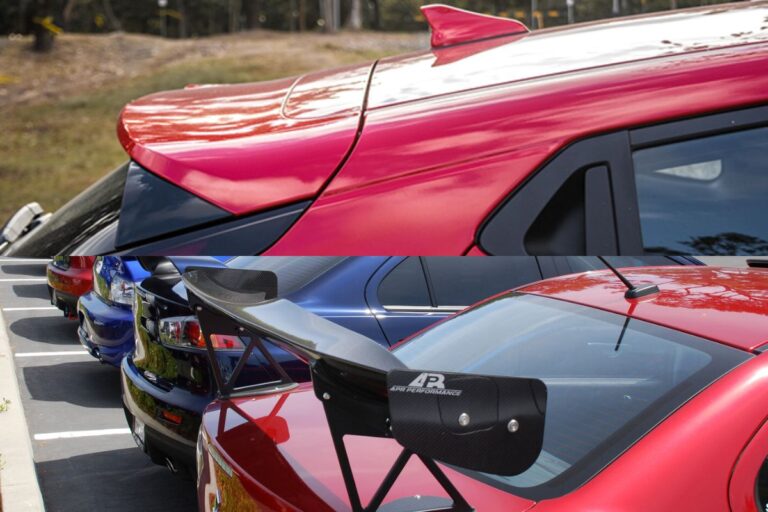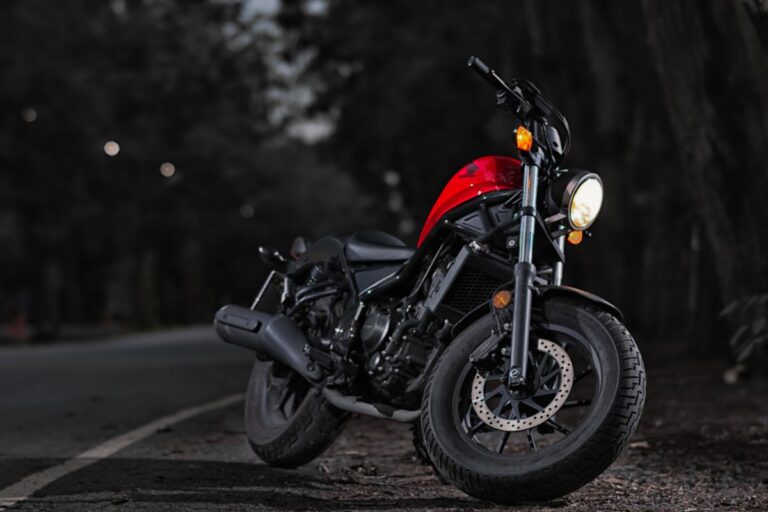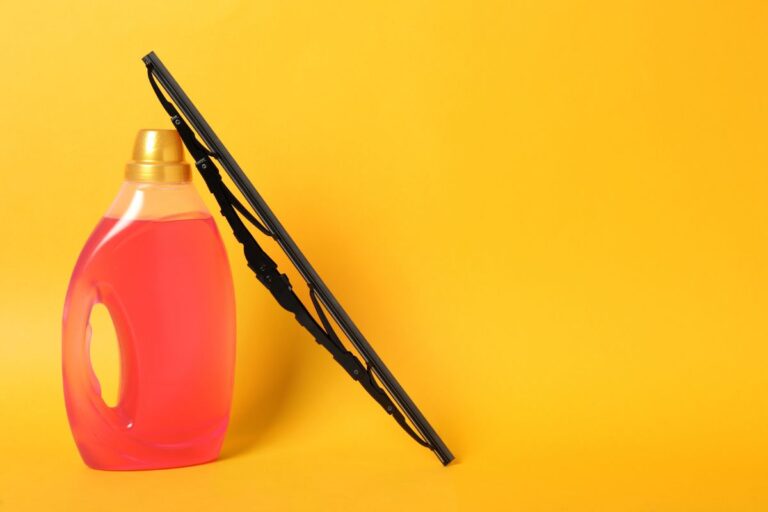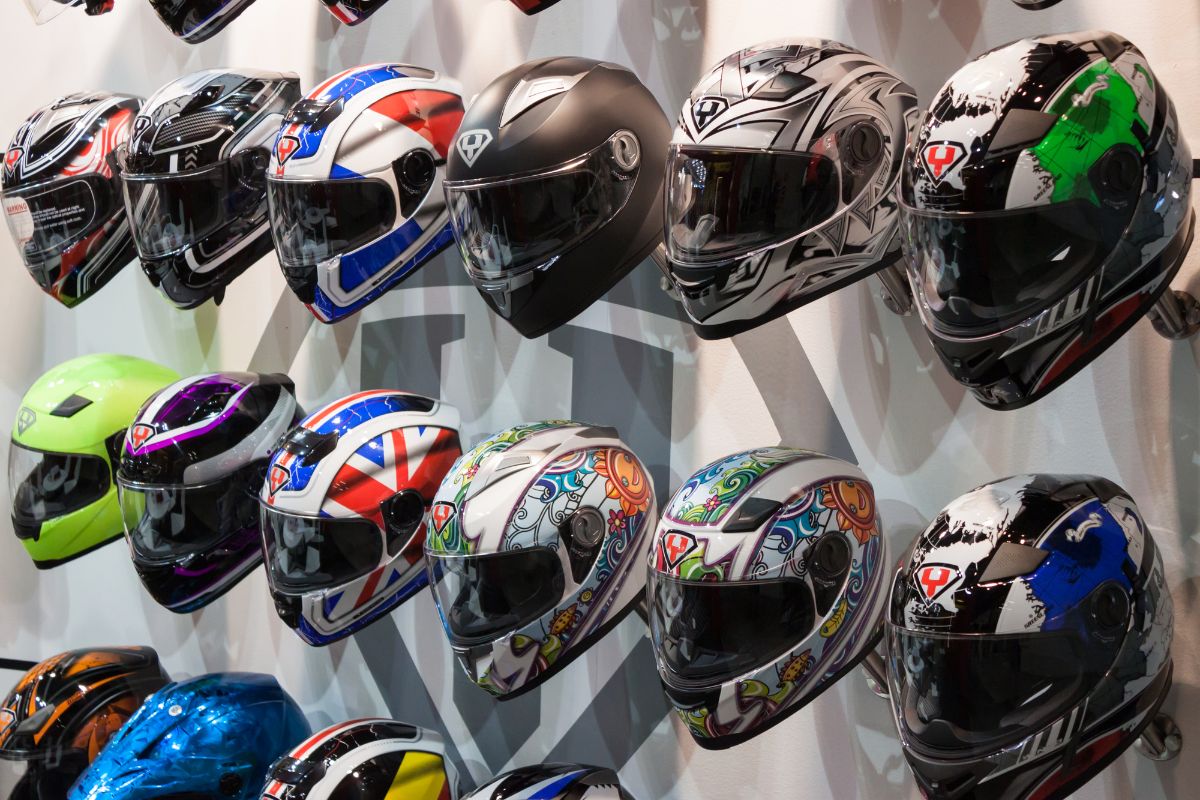
Even though motorcycle helmet usage has fluctuated between 2002 and now, the number of lives saved as a result of wearing them has doubled since. Up to 2017(most recent data), 1872 lives were saved by helmets.
Unfortunately, 5,014 motorcyclists died in 2019 alone. I never felt comfortable wearing a helmet, but I am cognizant of its importance and would force myself to, at least most of the time.
The problem is, we shouldn’t have to force ourselves, since there are so many types and styles. Knowledge is key to riding comfortably and safely.
Ten years after I stopped riding motorcycles, I want to help you make an informed decision so you don’t sneak those occasional rides without a helmet, as I used to, endangering my life.
Let’s look at the different types of helmets, their pros and cons, and which ones are best for you.
Types of Motorcycle Helmets
Here are the six types of motorcycle helmets, their designs, and features:
- Full-face
- Dual-sport
- Off-road
- Half Helmets
- Open-face
- Modular
1. Full-face Helmet
We get the maximum protection for our neck and head with a full-face helmet. To put it another way, industry experts consider it as the most protective motorcycle helmet.
Full-face helmets are an excellent option for every motorcycle rider, no matter where they go or what kind of motorbike they are on. Full-face helmets come in a variety of shapes and sizes, depending on your riding style and preferences.
A helmet that won’t budge at high speeds is essential for sports riders, who ride in a crouching position. Because of this, they often choose to wear a helmet with an elevated chin bar and an aperture for the visor that is slanted upwards somewhat.
Design & Features of Full-Face Helmets
The chin bar, which is an essential safety component that’s lacking on numerous helmets, is a distinctive characteristic of the full-face helmet.
A full-face helmet is the only way to safeguard your jaw and chin in the event of an accident, which accounts for half of all serious hits.
In many of these full-face helmets, airflow is built into the helmet to decrease visor condensation, eliminate sweat, and keep the rider cool. Ventilation can be blocked during the colder months to minimize the amount of air moving through the house.
Designs for clear visibility, Bluetooth technology, and sun-adaptive visors have all been added to full-face helmets in recent years.
2. Modular Helmet
It’s a hybrid of a 3/4-face and a full-face helmet: flip-up or modular. Because you can flip up the visor and the chin bar, you’re able to open the helmet from the front.
Features and Design of a Modular Helmet
Both the way this helmet fits and its fabrics are similar to those of a full-face helmet. In certain cases, they comprise an eye-protection shield from the sun, as well as an extra interior visor for further protection.
Due to the additional hinge features integrated into the flip-up front region, modular helmets usually weigh a little more than regular full-face helmets.
There is a minor fissure in the helmet’s hinge construction compared to the uniformity of a full-face helmet, which reduces rider safety. Despite this, the additional chin protection means it’s better protected than a 14 or 34 helmet.
This type of helmet is commonly used among adventurers, cruisers, and tourers due to its upright riding position. The chin bar is lower and the eye apertures are more plain.
The anti-fog coating and dual shield system on the primary visor of the Bluetooth speakers make them a welcome accessory.
3. Open Face Helmet
It’s a common misconception that open-face helmets, often known as ¾ helmets, protect only the back and sides of your head, but not your face.
These helmets are common on scooters, cafe racers, touring motorcycles, and cruisers because they allow the rider to feel the wind in their hair and on their cheeks.
An important aspect of a three-quarter helmet is that it lacks a chin bar, which greatly affects the helmet’s safety.
Features and Design of an Open-Face Helmet
In terms of protection, open-face helmets are regarded as structurally equivalent to full-face helmets. Due to the lack of a chin bar, this helmet weighs a little less than a full-face, although the difference isn’t considerable.
Helmets are also vulnerable to seasonal changes plus road debris owing to the helmet’s open design. To keep your eyes and face protected from the sun, some models come with built-in visors, while others may require you to buy the accessory individually.
4. Half Helmet
When it comes to protecting your head, a half-helmet does little more than hiding the top of the head. The name of one’s neck, as well as ears, may be covered. However, the remainder of your face is left unprotected.
The airflow is amazing, but the protection is substantially less than a full face or 34 helmets. However, DOT-approved half-helmets are still available.
Design and Functions of a Half-Helmet
Eye safety in the form of riding glasses or goggles is required because most half helmets don’t provide a visor or face shield.
There are few technical amenities on the helmets, including Bluetooth speakers, because there isn’t enough room for them. As a result, there are few alternatives for upgrading the helmet.
5. Helmets for Off-Road
Off-road helmets are meant to be used on dirt roads, particularly away from the city streets. However, they aren’t the best choice if you plan on driving on the interstate or inside the city.
Helmets designed for off-road use rarely have protective eyewear, therefore riders must be ready to ride with either glasses or goggles if necessary. You’ll want to use goggles when you’re riding since they can bind to the rider’s face and stop debris from getting in.
Off-Road Helmet Features & Designs
To improve airflow, they are constructed differently from full and 34 helmets, having a bigger visor and an enhanced chin bar. Expect no Bluetooth speakers or other luxurious creature comforts while you’re riding in a helmet meant to protect you from the elements.
Many composite materials are available, such as carbon fiber, Kevlar, and fiberglass. Your neck and head won’t become exhausted after a full day of riding because of these fabrics, which are both strong and lightweight.
You should test fit the helmet before getting it if you want to use body armor or a neck brace. Also, test the goggles on your head while wearing the helmet to make sure they fit snugly.
Some helmets don’t fit all goggle models perfectly around the eyes. You may be able to find a whole set of eyewear and helmets from the same manufacturer if it is available.
6. Dual-sport Helmet
Talk about hybrids and this is it; a cross between full face and off-road helmet. It is possible to utilize goggles with dual-sport helmets since they have a bigger shield than full-face helmets. However, you can snap them up to use with goggles.
Because the visor is aerodynamic, the wind won’t blow it away as it does with an off-road helmet’s visor. Additional advantages include enhanced soundproofing and less airflow due to the helmet’s chin bar being less protruding.
Design & Features of Dual-Sport Helmets
The lower chin bar and big visor give it an off-road helmet look from the outside. Compared to a full-face helmet, dual-sport helmets provide additional cushioning and comfort on the inside.
Both on and off-road, they are a good middle ground between the other two styles. When you’re riding in a variety of terrain, these helmets come as a wonderful choice.
When you get to the trail, you can flip the visor to wear goggles and for optimum airflow, then use it on the roadway.
Safety Requirements For Motorcycle Helmets
A motorcycle helmet must meet motorcycle helmet safety regulations when choosing the right one for your riding style.
The various states might require you to wear a DOT-certified helmet. For sale-approval in the United States, a helmet must obtain DOT certification. Similar certifications are available in other nations and areas around the world, as well as from third parties.
For collision pressures, energy proportion, and keeping the rider’s head within the helmet, the certification values to achieve or surpass tend to be comparable across helmet types.
Do your best to make sure that your helmet fulfills or exceeds the standards necessary in your area if you plan on donning one.
The Best Helmet Features for Your Safety
Motorcycling helmets are continually developing to keep pace with technological breakthroughs.
Lighter materials, greater cushioning, and Bluetooth speakers are just a few examples of the many improvements we’ve made to our headphones to make them more user-friendly.
The motorcycle helmet’s essential anatomy has stayed unchanged for decades, even as new features have been added.
An impact-absorbing liner, outer shell, comfort padding, and chin strap all go into making a motorcycle helmet. It’s important to remember that each part of the helmet has a distinct purpose and helps keep your head safe.
a. Outer Shell
This is the section of the helmet that you see from the outside, and it’s colored. Kevlar, carbon fiber, polycarbonate, molded plastics, or a combination of these materials are frequently used in this application.
Protecting your head in the event of an impact or abrasion as well as preventing penetration from rocks, insects, etc. are the basic functions of a headgear
b. Shield
To keep bugs, debris, and anything else out of your helmet, you need a face shield or visor. Removable to clean or replace with a different shield or visor, they’re common on motorcycles.
They are available in a variety of hues and tints to suit a variety of riding conditions. It’s important to keep an eye on the road and surroundings when visibility is low
c. Layer with Padding
When you wear a helmet, your head rests on the padded layer for comfort. Insulation is provided by an open-cell foam placed between both layers of cloth.
It can be taken off and cleaned, and it can be swapped out to fit different-sized heads. Your head shape may be better accommodated by an alternate shape of the helmet’s comfort liner, so ask your helmet maker about it
d. Lining That Absorbs Impacts
EPS foam is commonly used to make the impact-absorbing liner on the interior of the outer shell. Shock absorption and energy dissipation are the fundamental functions of the liner.
The helmet’s outer shell serves as a barrier against the entry of foreign objects. To protect your head from the force of the collision, the inner layer serves as a barrier.
A single-density foam may be used in some layers. It has a double-density layer in some other models to increase the displacement of energy when an impact occurs
e. A chin strap
The chin strap, also known as the helmet retention system, is used to keep the helmet on your head while you are riding.
With two d-rings to keep it in place, it’s composed of woven cloth. For the chin strap to be properly attached, there should only be two fingers of space between it and your chin.
Comfort liner-like fabric is often used to wick moisture away from your skin and make the strap more comfortable when worn against your skin
f. Ventilation
To keep the rider’s head cool and assist with sweat evaporation, the helmet’s ventilation system is included. Full-face and 34 helmets have the most ventilation, however, this can vary by manufacturer.
Vents can be opened and closed depending on the weather. Depending on the time of year, you may want it open in the warm weather, entirely closed in the cooler months, or somewhere in between.
Because they can be easily adjusted, they are a suitable choice for each rider
g. Cheek Pads
Three-quarter and full-face have cheek pads that lay on your cheeks within the helmet. You can remove them for cleaning and they’re adjustable to fit a variety of head sizes.
Additionally, they are designed to protect your face and keep the helmet in place on your head, much like a padded comfort liner would do.
Finding Your Correct Motorcycle Helmet Size
The optimal helmet for you depends on how it fits on your head. Measure the circumference of your head, right above your eyebrows, before you begin searching for a helmet.
That should offer you an indication of the helmet size you require, from a small to a large. Sizes aren’t the same across brands, because each brand’s helmet has a slightly distinct fit.
Before making a purchase, make sure the helmet fits properly by trying it on. You should be able to fit two fingers between the chin strap and the underside of your chin while trying it on.
Should the helmet be too snug and leave a gap around your head, you shouldn’t experience any discomfort as I did with my limited knowledge and variety back then.
To become used to the helmet, you should put it on for a few minutes, and while doing so, use your hands to toggle it a bit. However, the helmet mustn’t swivel instead, your head should automatically turn when you attempt to move the helmet.
When checking the chin strap’s fit, keep your head down toward your chest and push the back of the helmet upward. If you have a lot of areas to raise the helmet, it may not be the best fit for you.












